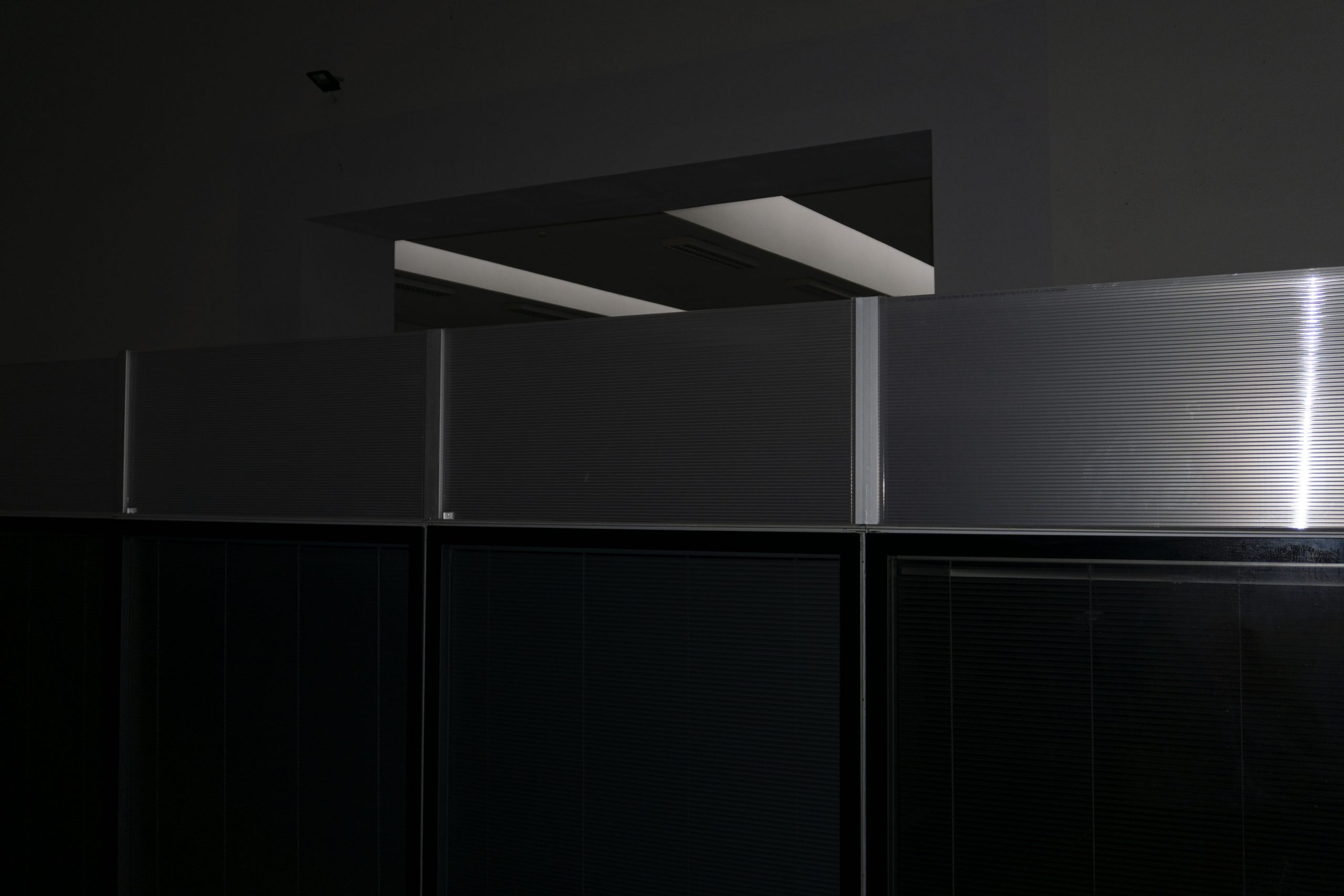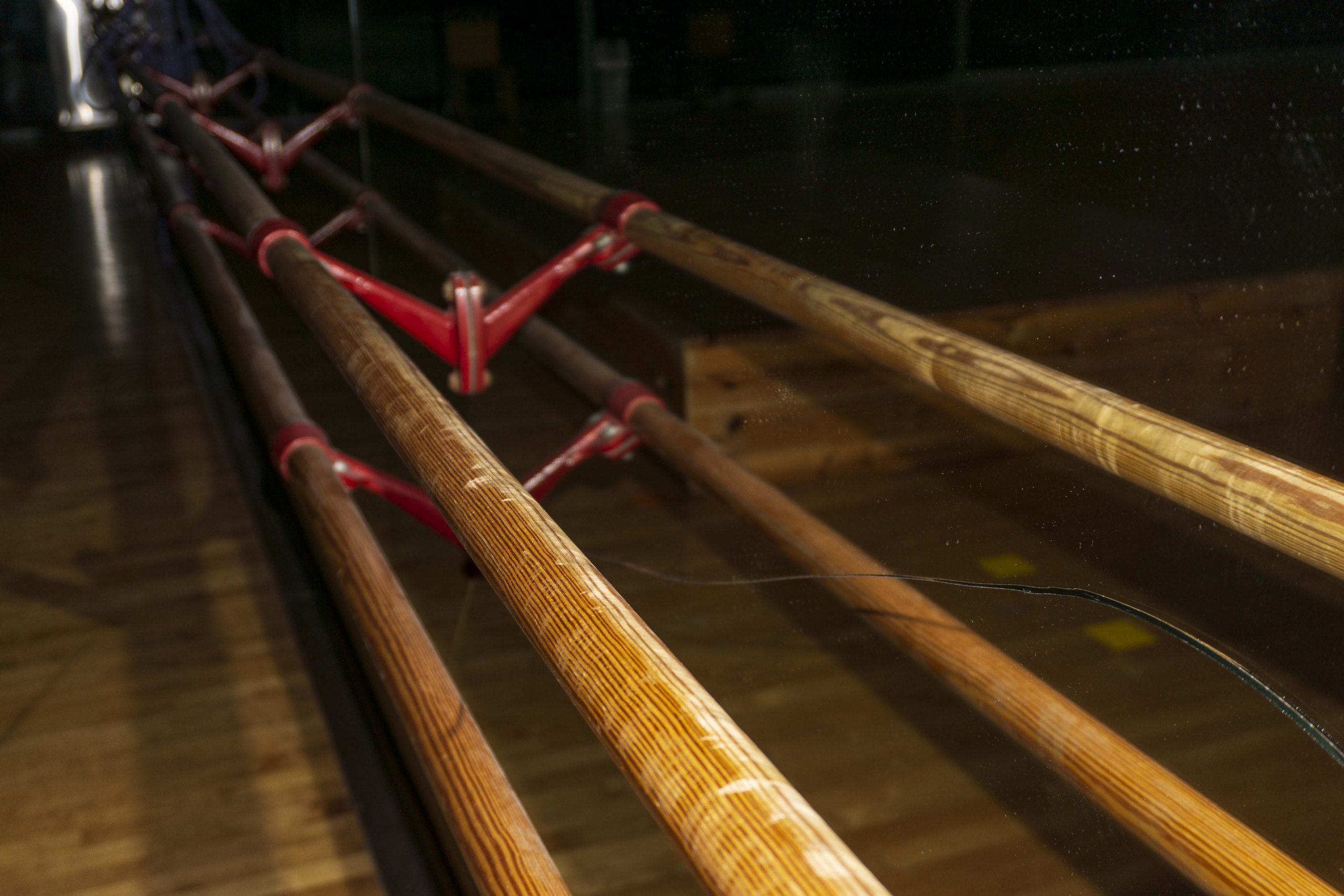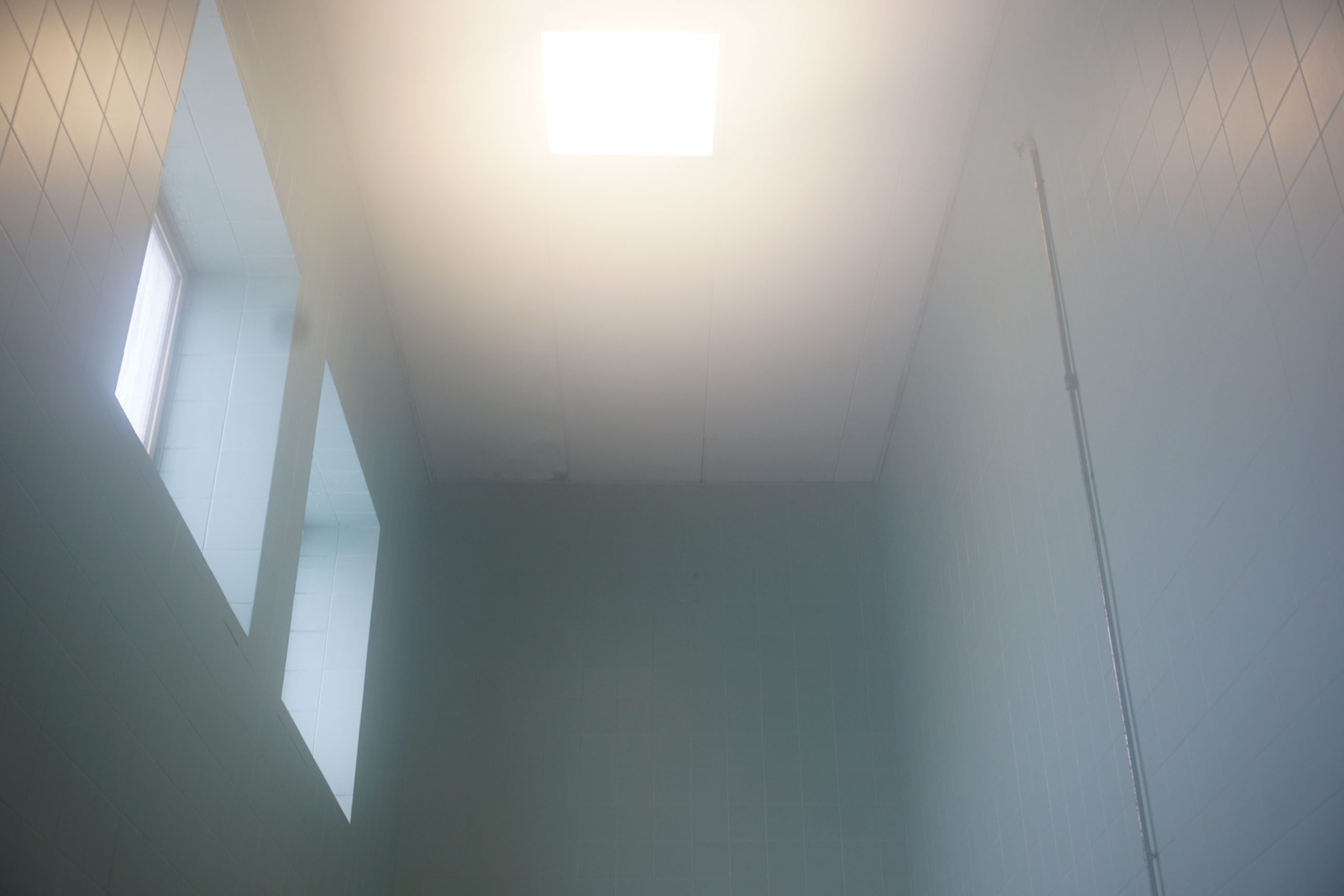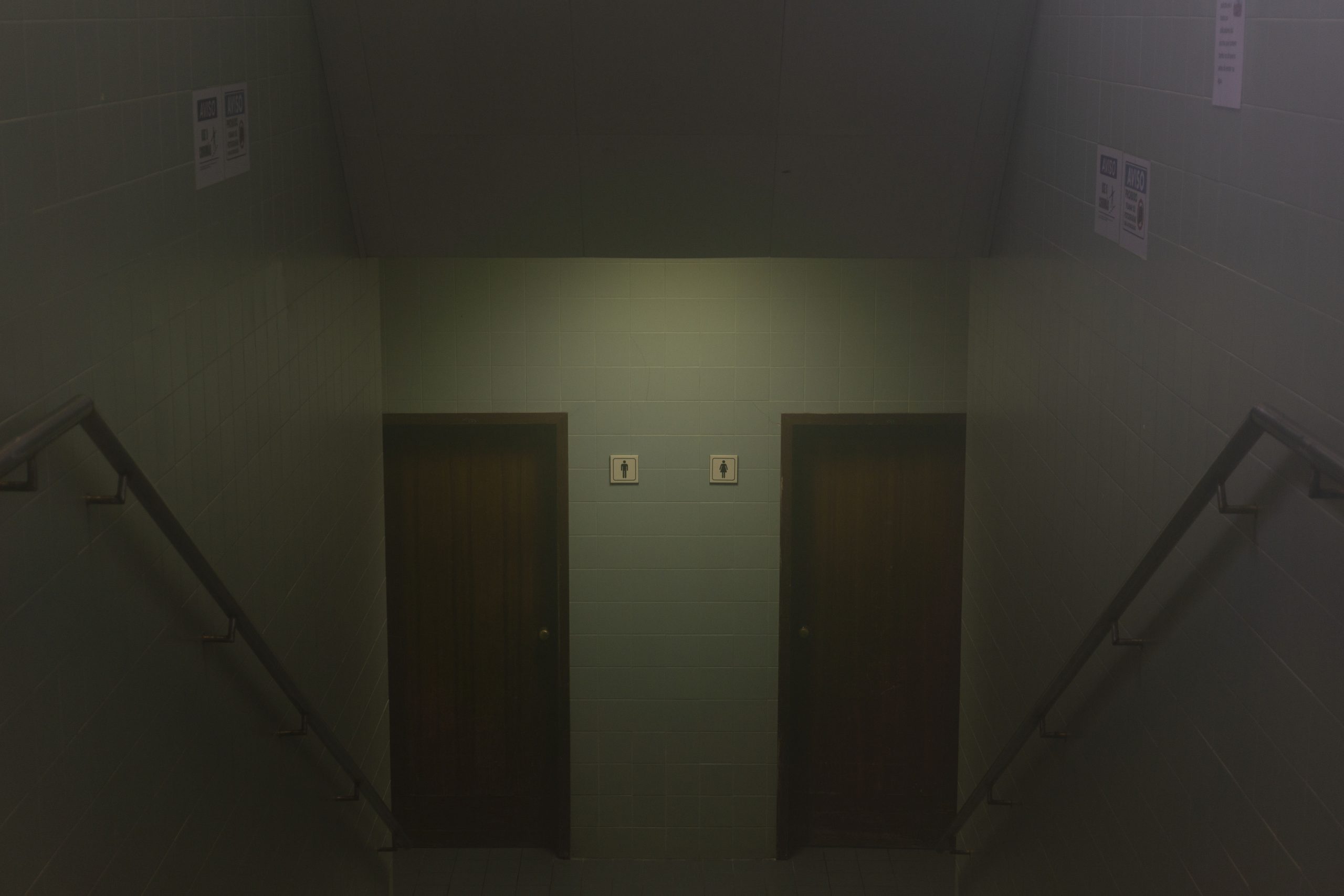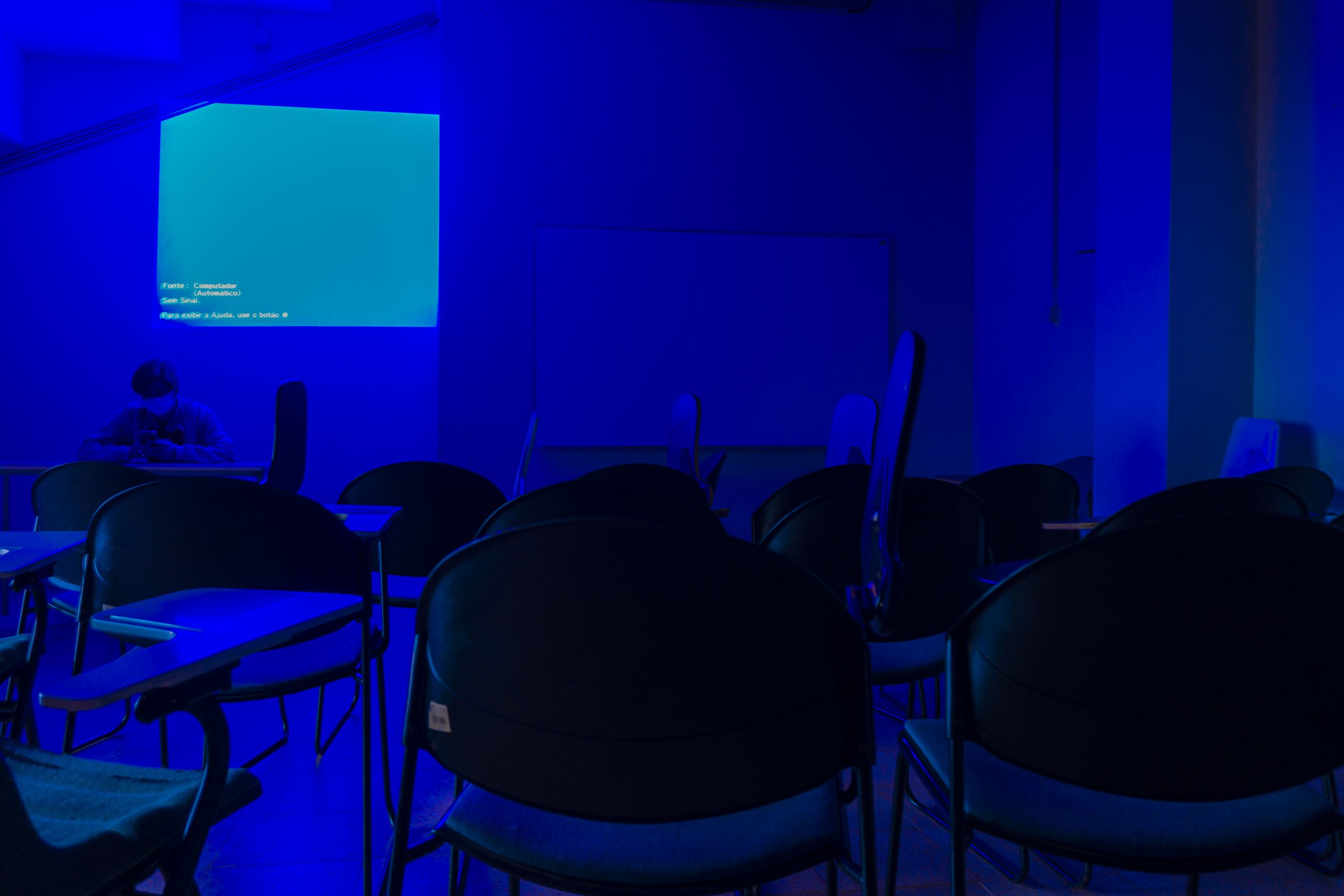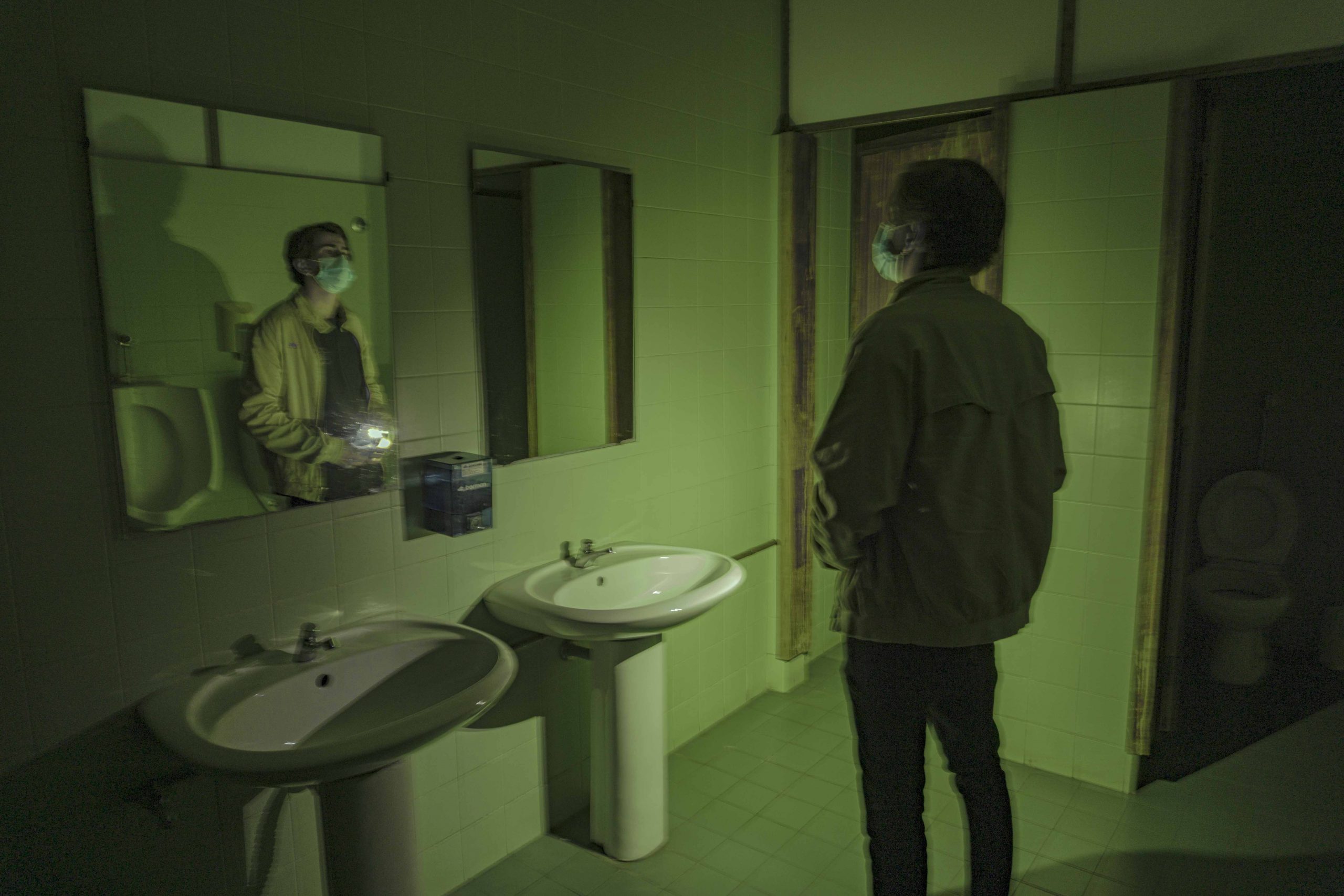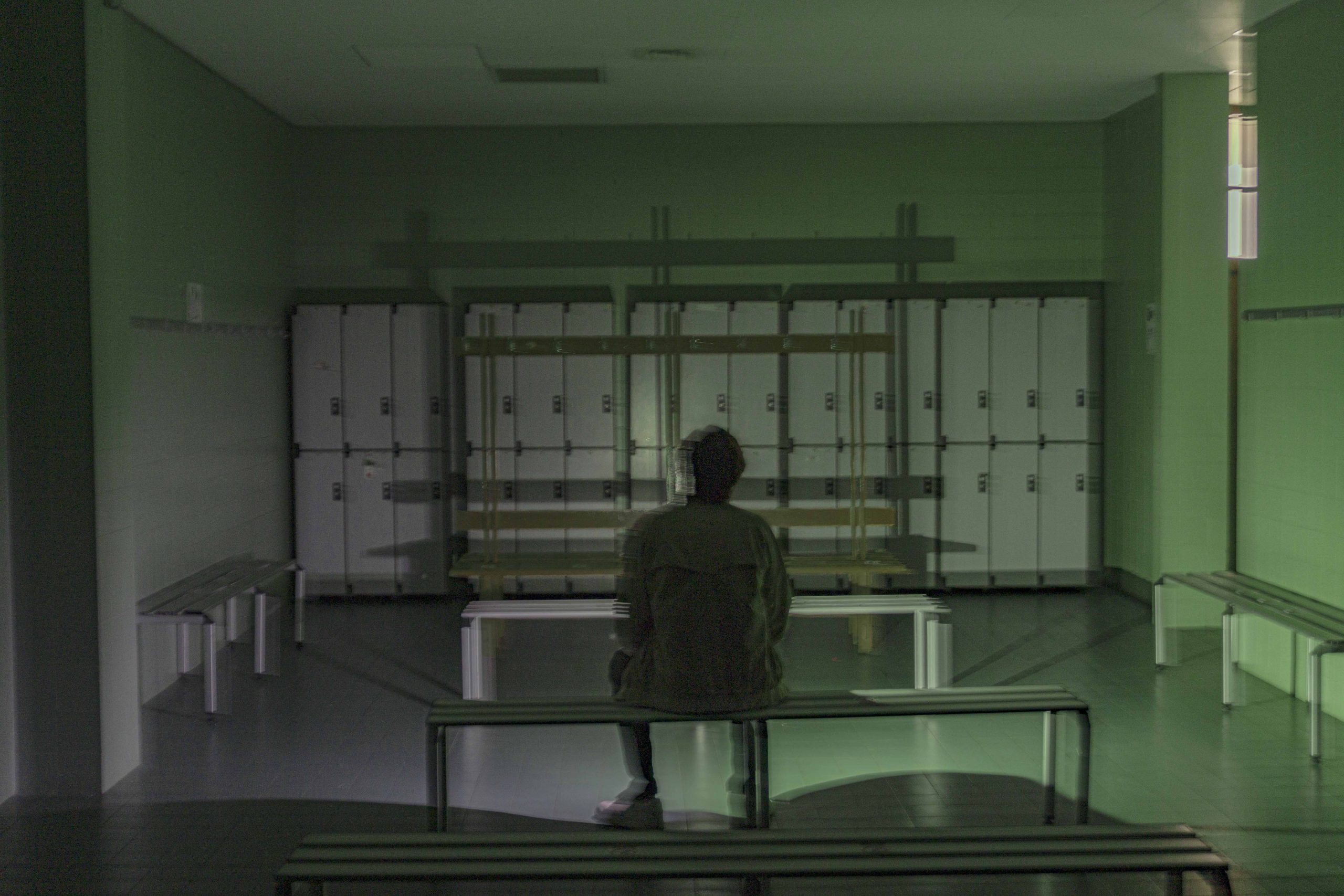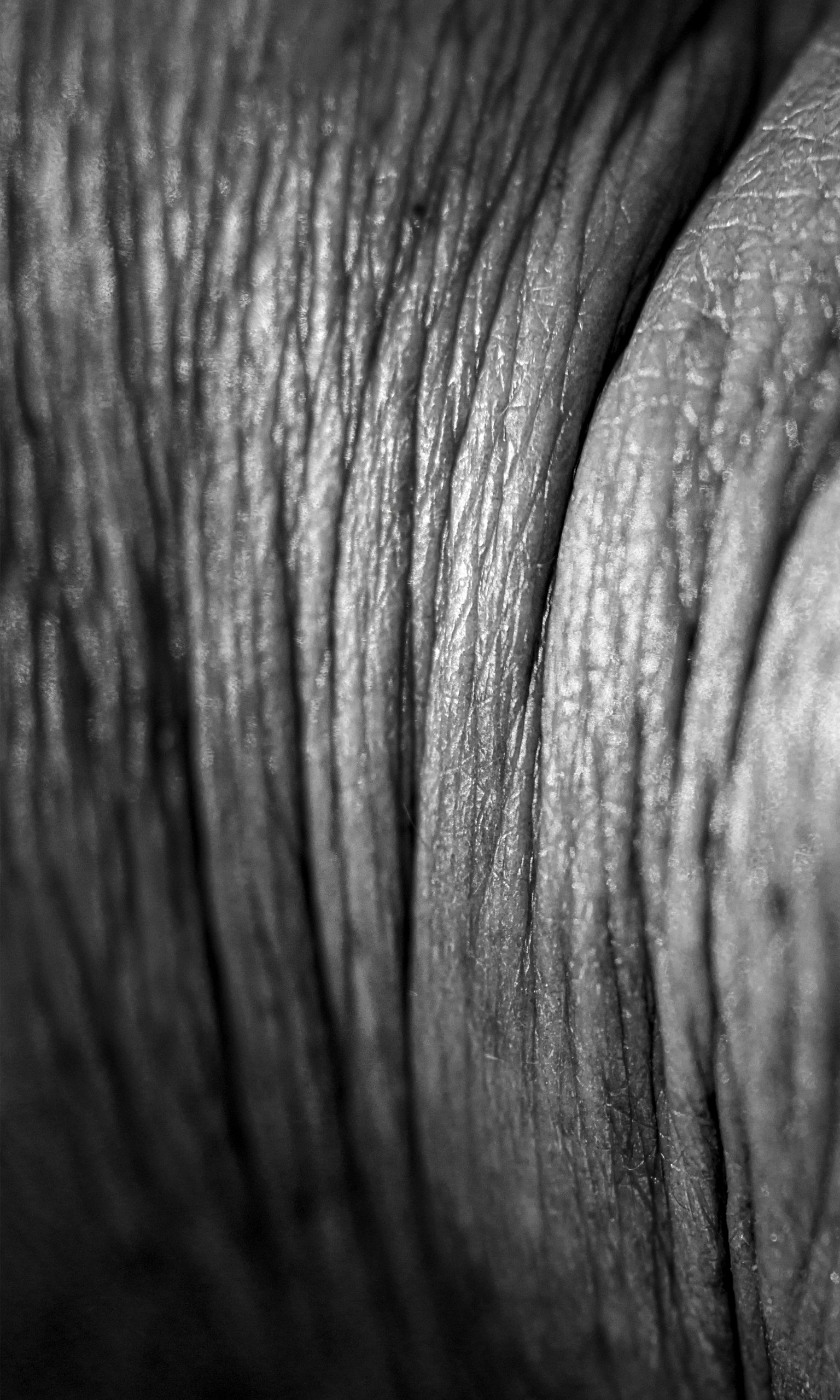perception
Julien Jarrige, Anne Rößger, João Fernandes Faria, Julien Jarrige, Elise Lotte Bastert, Pierre Thomas , Sally Yazji
Pedro Leão Neto
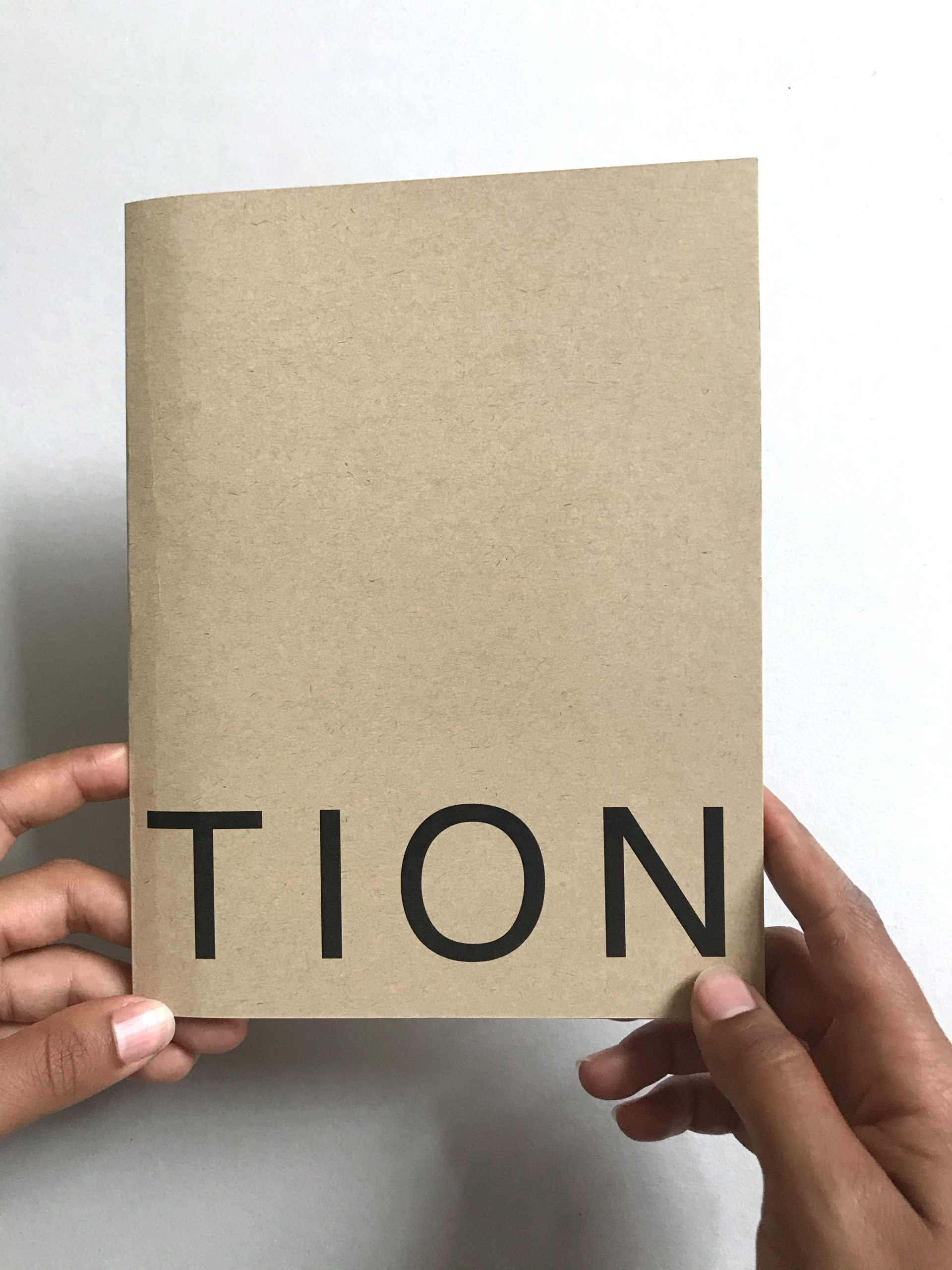
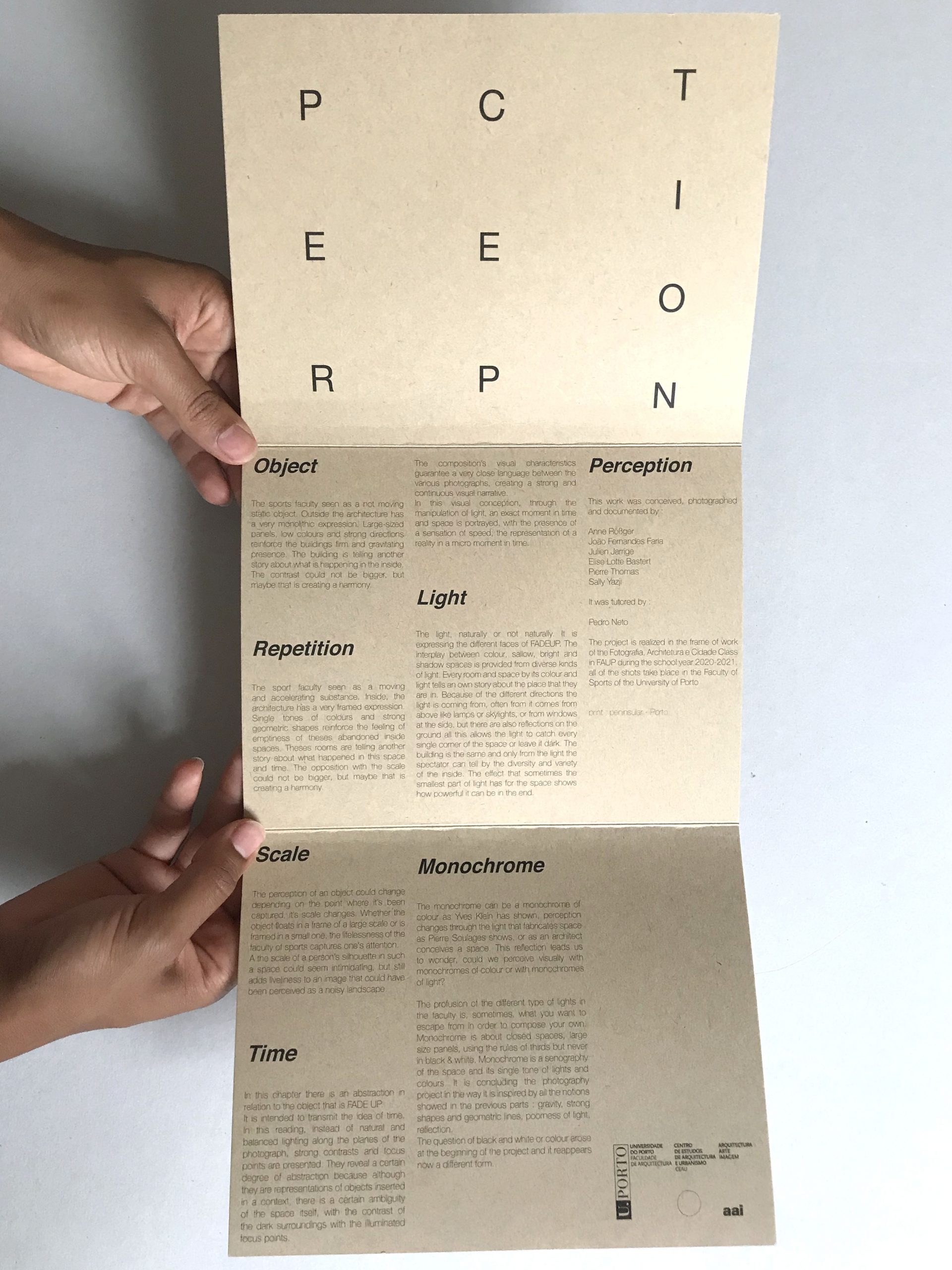
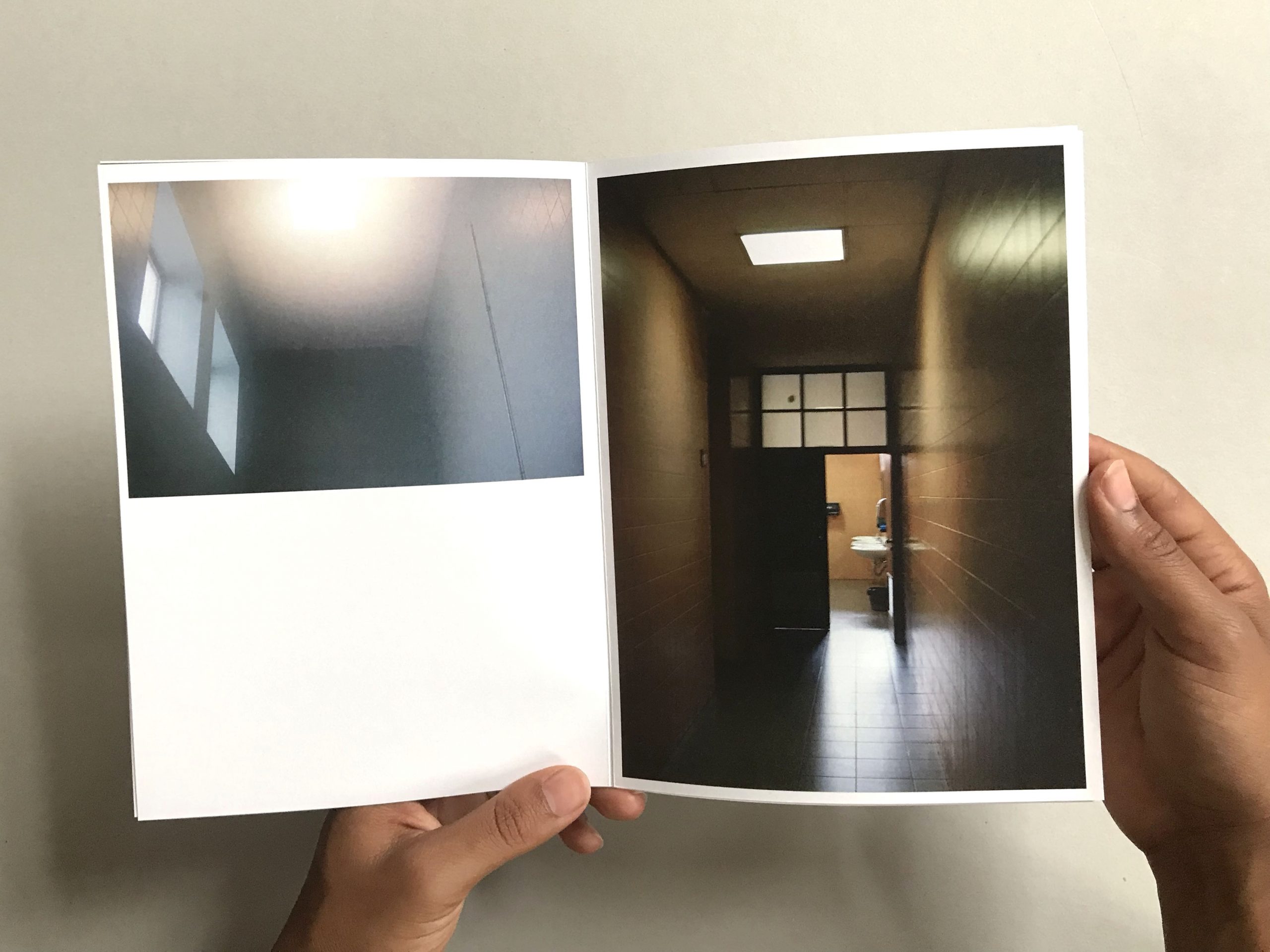
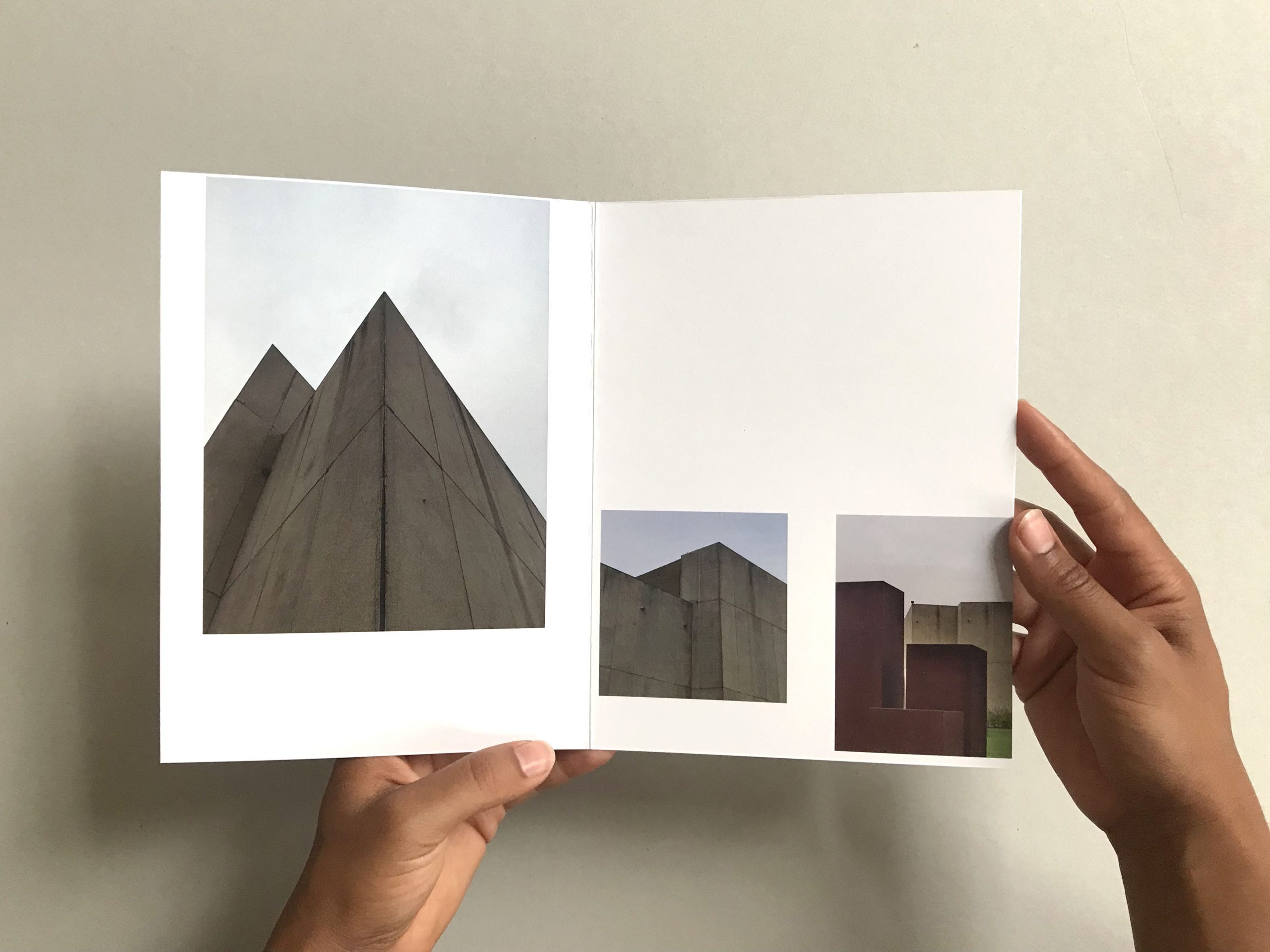

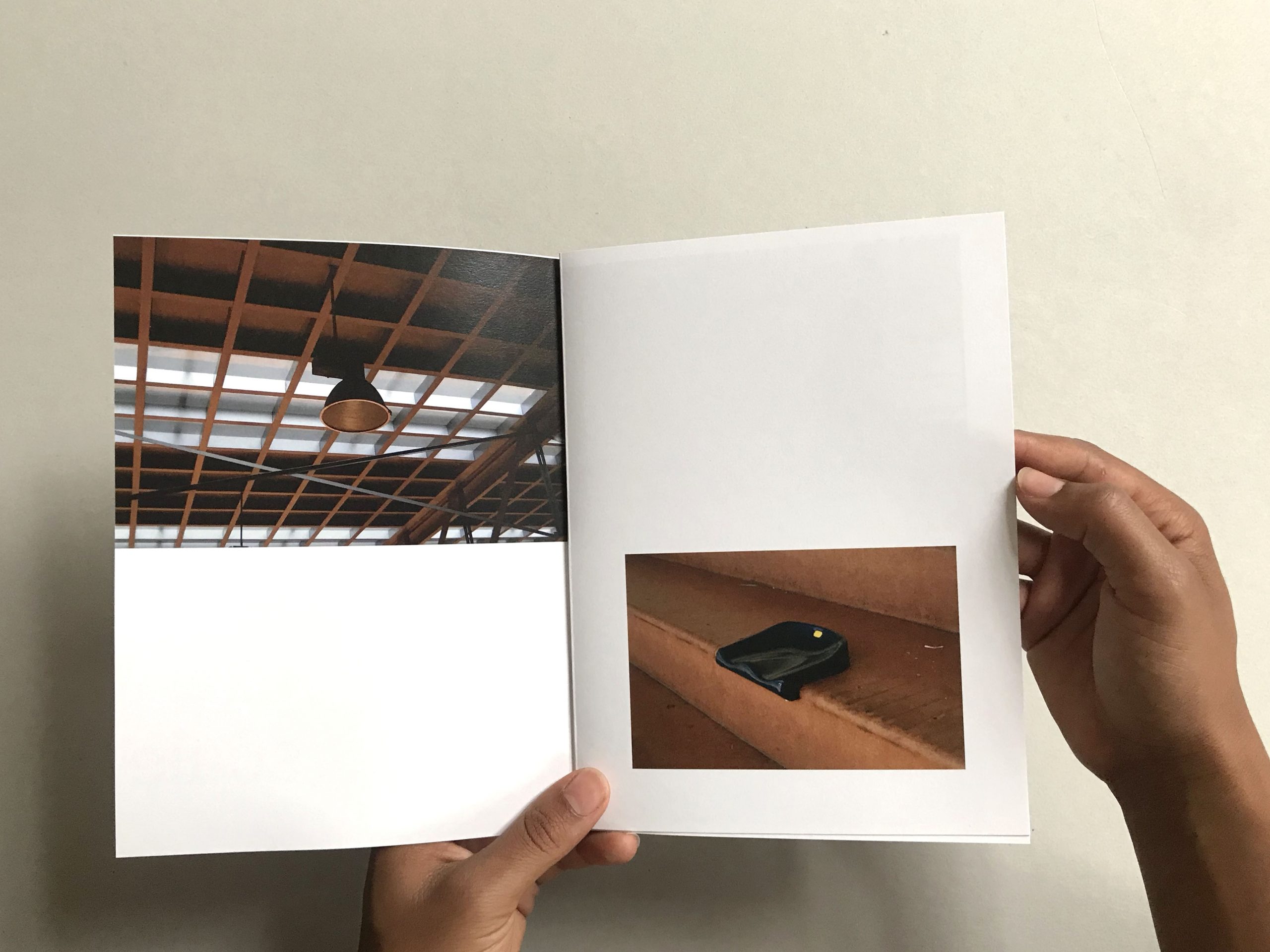
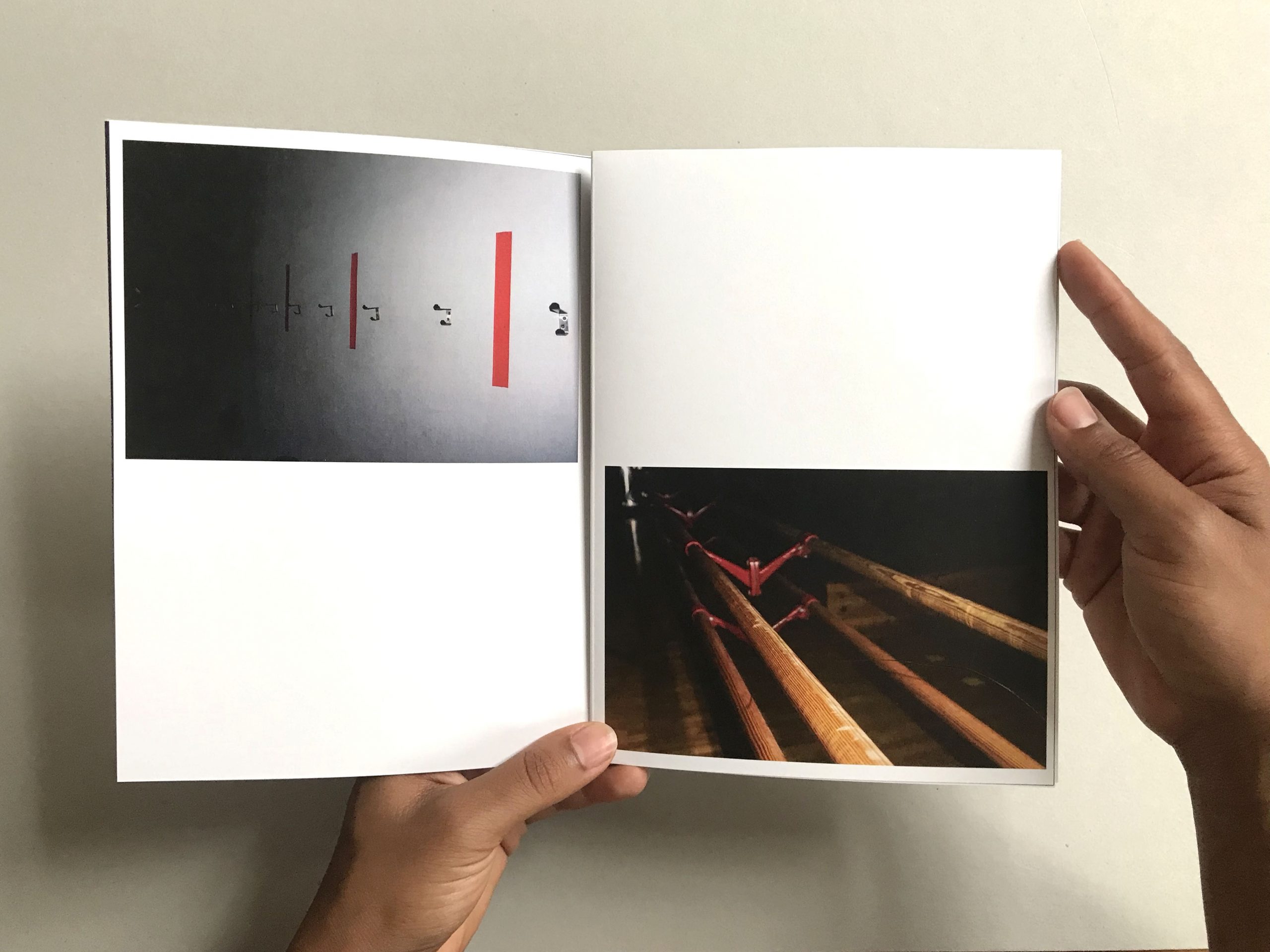
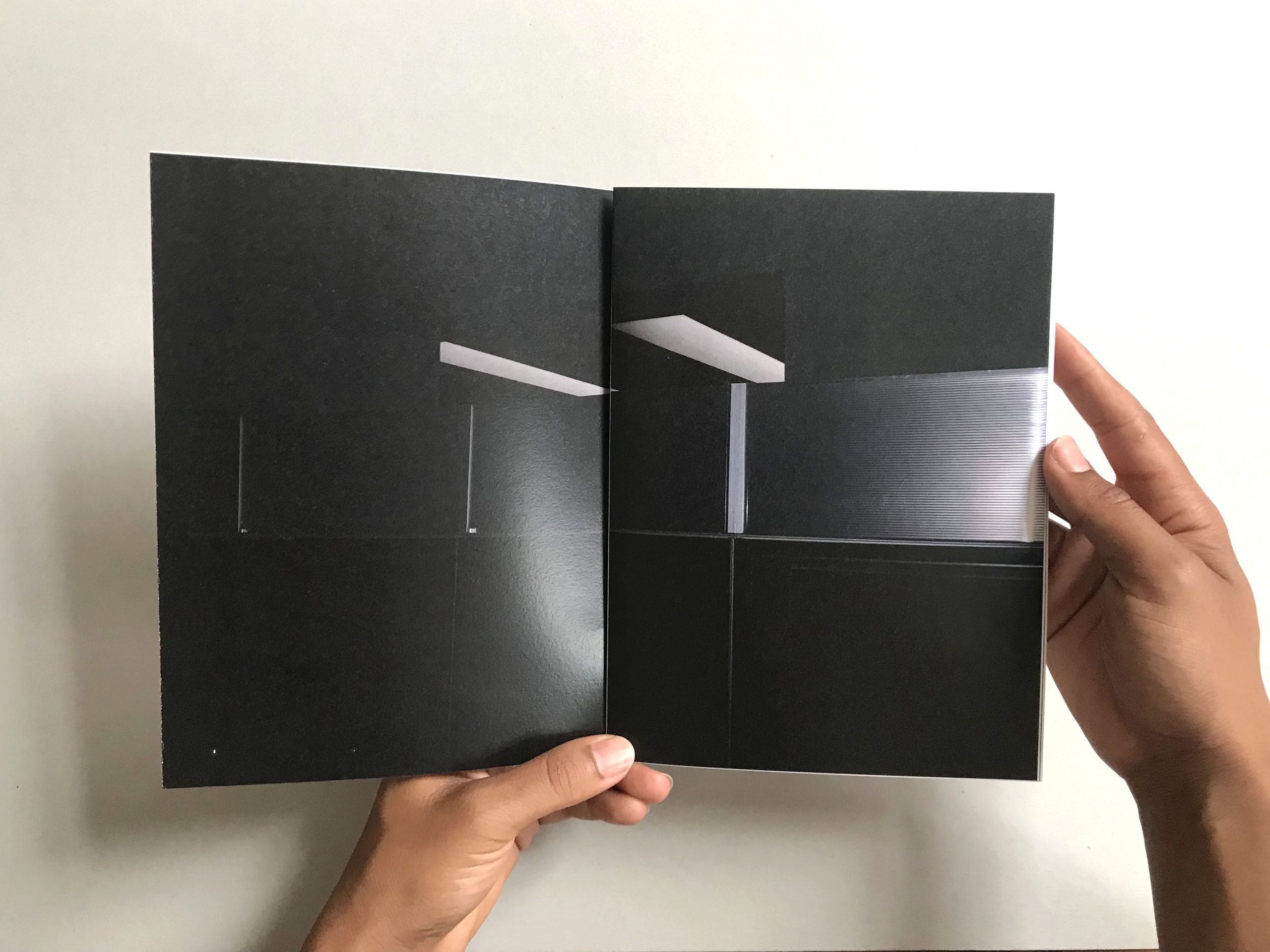

The temporal question is the first question asked in this research about university spaces.
Universities “work” mostly during the day, they respond to various uses, concentrated in a limited space and time. In a place and under a specific time : the days of the week, monday to friday.
What then happens to these places in the evening, on weekends, holidays or even as we have seen more recently during a period of lockdown due to a pandemic situation ?
What happens to the buildings when they are not being utilised by their principal users or emptied of its functions?
Does architecture just become an object, full forms ?
What is the atmosphere in these empty places, day or night, outside of university hours ?
The gaze on time is not here only a view of the planning of a university building, but also of the movement of the observer. That means, the photographer is not just taking a picture, but becoming aware of his presence.
That will be the difference between a visit where one goes discreetly through a door left open, finding oneself alone with time to understand the space, and the guided tour conducted by a guard who opens door after door, turns the light on and off, leaving time to see quickly but not to look…?
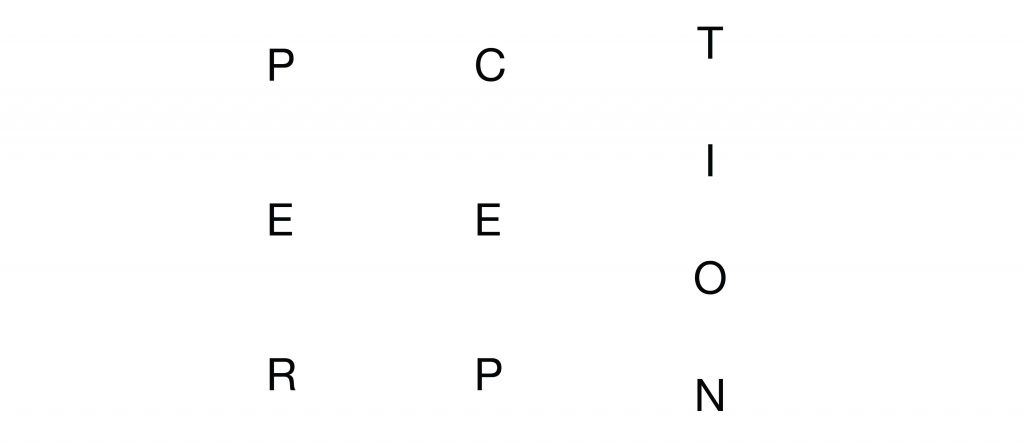
Authors :
Anne Rößger
João Fernandes Faria
Julien Jarrige
Elise Lotte Bastert
Pierre Thomas
Sally Yazji


